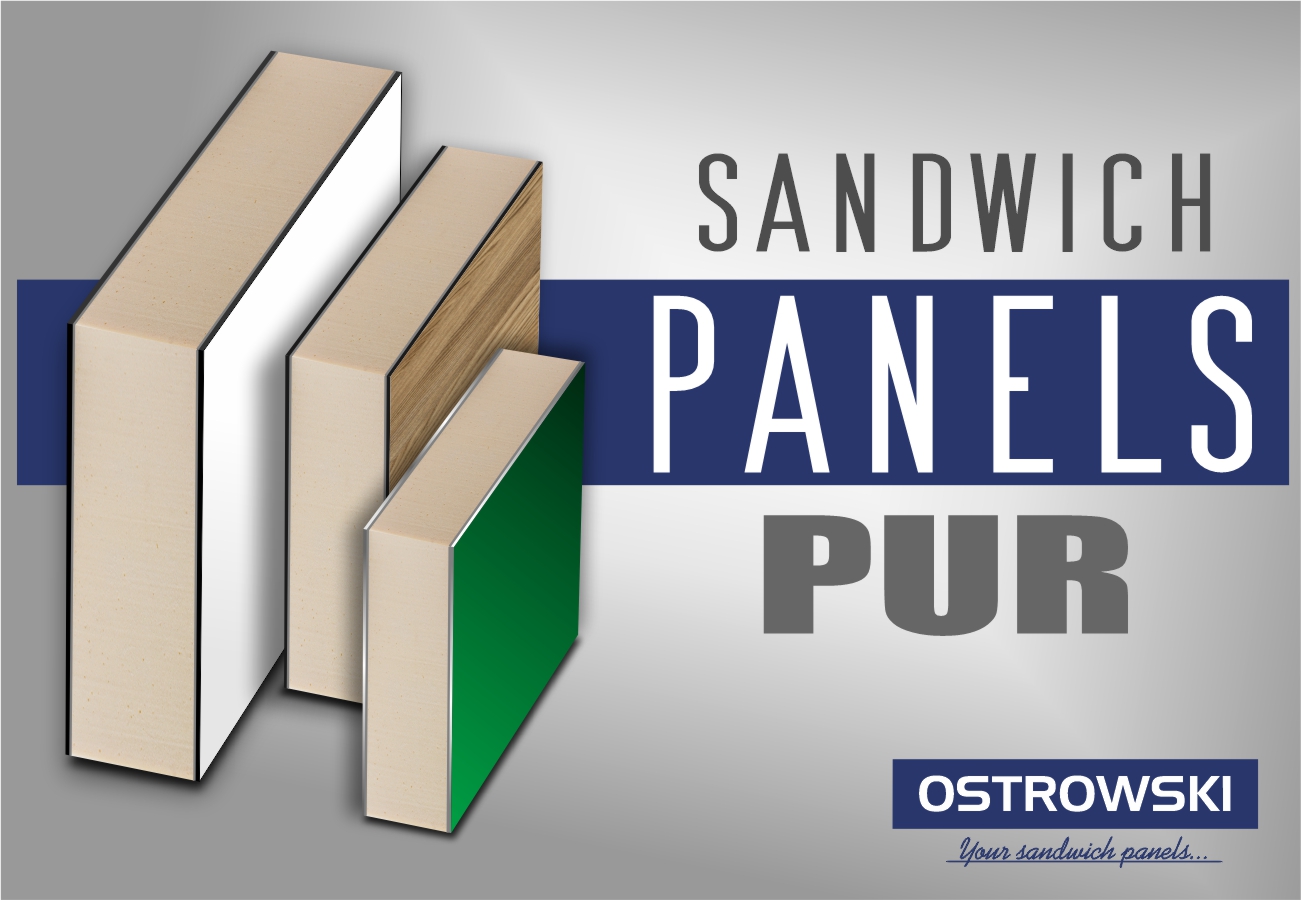PUR Polyurethane board
PUR polyurethane board – Polyurethane foam – history
Polyurethane foam was developed by the German chemist Otto Bayer in the late 1930s. Interestingly, in the beginning, the foam was applied in a railroad car with a leaky roof and has survived for many years, which attracted the attention of scientists. Initially, the material was used by mixing it in a container, which was ineffective and limited its widespread use. In 1953 Charles Baughman invented the “Blendometer”, the first machine for mixing two components, and in the 1960s, Fred Gusmer and Fred Werner developed a machine for mixing and spraying foam. Initially, the material was only used by the military and aviation, as it was very expensive and relatively difficult to obtain. But let’s focus on rigid PUR sheets.
Over time, PUR foam gained more and more popularity. At the beginning, foam insulation raised many concerns, but over time this material began to dominate traditional insulations such as wool and polystyrene due to its safety and functionality. It is worth adding that all the parameters mentioned above refer to the closed-cell PUR foam, not to the open-cell foam, about which many opinions can be found. From the very positive to the slightly worse …
PUR foam – rigid polyurethane boards
Rigid polyurethane panels are a very popular insulating material, which is very popular in the construction industry as well as in the widely understood industry, such as door fillings or joinery. Polyurethane foam sandwich panels are characterized by very good thermal insulation properties, stiffness and mechanical strength.
The core of the Classic-Therm® panel is made of closed-cell PUR foam, the so-called hard polyurethane foam. The structure of this type of foam consists in over 90% of closed cells with an apparent density of 40 kg / m³ and allows to maintain thermal, fire and mechanical stability in all environmental conditions for years of operation. PUR foam is resistant to weather conditions, and its next advantage is the anti-moisture effect. The core has very good thermal properties and is resistant to mold and fungi throughout its service life.
PUR polyurethane board – Classic-Therm® door panels
In our offer you will find Classic-Therm®HPL PUR door panels, where the core is the earlier mentioned foam. The outer layer is made of HPL laminate covered with a decorative foil acc. To the Renolit, Continental, Hornschuch or Cova sampler. HPL is suitable for indoor and outdoor installation. It is a non-corrosive material resistant to mechanical impact. PUR core door fillings are also produced with aluminum cladding. In this case, it is a Classic-Therm® ALU PUR board – a high-quality board made of raw or varnished clades (RAL palette). Due to the low water vapor and heat permeability, this material works well in the construction of such products as: door panels, sandwich panels, the earlier mentioned door fillings, door panels, polyurethane sandwich panels, polyurethane pur panel, door panels, hpl panel, aluminum sandwich panel or lightweight door panels.
As a manufacturer of sandwich panels, our offer includes products characterized not only by high-quality workmanship, but also by extraordinary durability and functionality. We also offer the production of sandwich panels made to special customer orders. If you have any questions, please contact us directly – CONTACT
We also invite you to our FB profile: Ostrowski – Producer of Sandwich Panels

